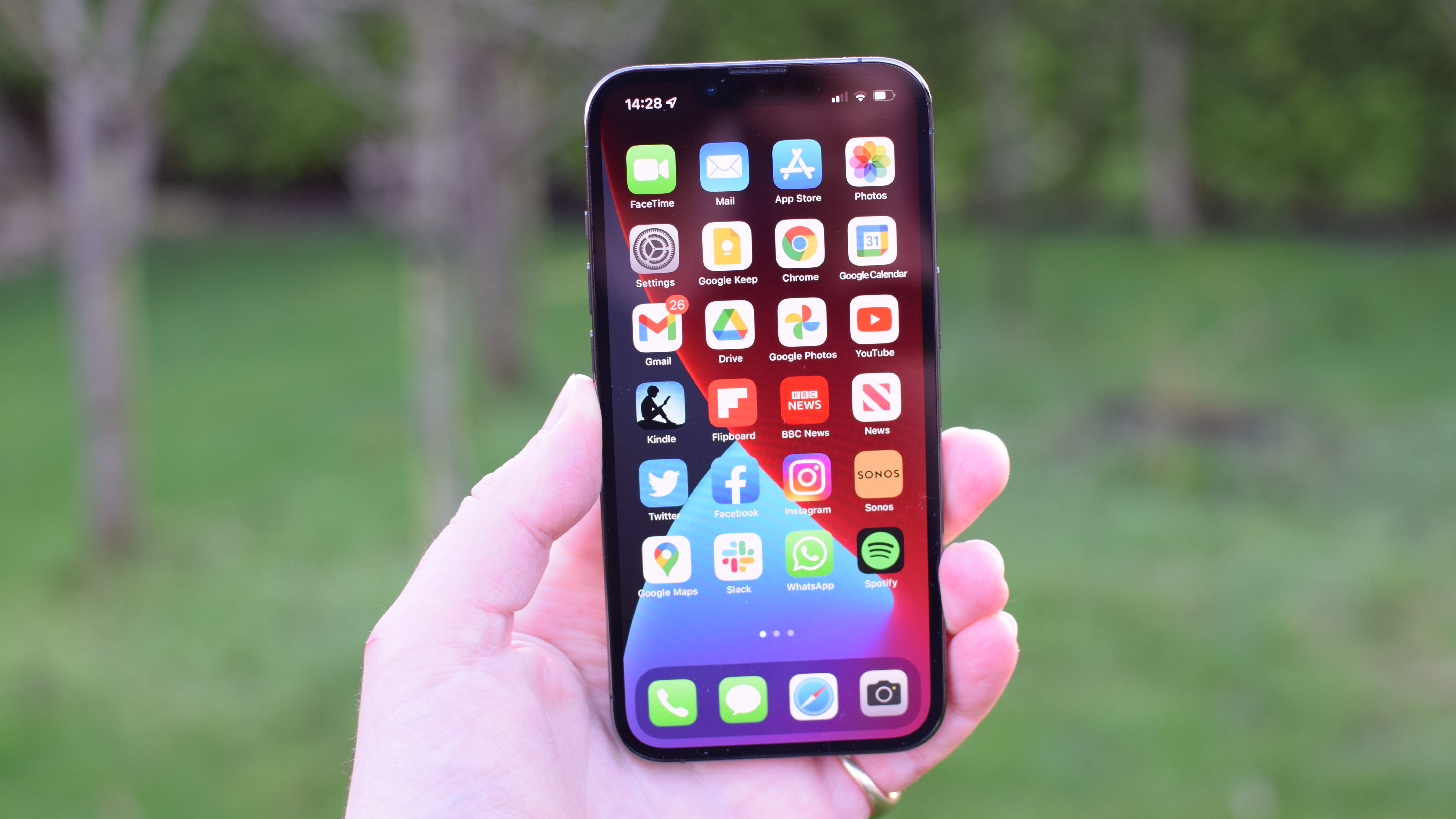iPhone bug is causing iMessage and FaceTime to fail
iPhone problem is fixable, but time consuming

Over the last few weeks, iPhone users around the world have started to see an infuriating bug appear. Seemingly at random, iMessage and FaceTime deactivate, and can’t be re-enabled.
The high-profile victim that has brought the bug to wider attention is none other than Bloomberg’s Mark Gurman, who tweeted about his experience. This exposed exactly how widespread the bug has become, with users everywhere from Italy to the Philippines impacted.
The problem seems to only impact those who use their iPhone’s eSIM chip, rather than a physical SIM card. Gurman claims that the bug impacts at least three versions of iOS: 15.4, 15.6 and 15.6 beta 1. “Potentially earlier too, but that’s all I can confirm right now.”
There seem to be two solutions — what you’d loosely call an easy way and a hard way. The easy way, and the one that Gurman opted for, is to switch to a new physical SIM card. The harder way is to remove the eSIM account and set it up again from scratch.
“That’s complex for most people and shouldn’t need to ever to [sic.] be done,” Gurman tweeted. “Not being able to send and receive texts is obviously not ideal. Not ‘it just works.’”
Thank you to the T-Mobile store rep who was able to quickly activate a physical SIM for my phone. But this shouldn’t have been an issue in the first place. They said others have come in with same issue and that Apple wasn’t able to resolve.May 19, 2022
In the U.S., there have been reports of T-Mobile and Verizon users impacted, but nobody wants to claim responsibility. As one commenter on 9to5Mac reported, Apple blames T-Mobile, while T-Mobile states it’s an Apple issue.
“The really frustrating thing was the finger pointing between Apple and T-Mobile - with neither really helping resolve the issue,” the poster lamented, after finally getting the latter to provide a physical SIM.
Get instant access to breaking news, the hottest reviews, great deals and helpful tips.
Another reported similar confusion on Twitter:
I went through this exact issue for weeks. Both T-Mobile and Apple pointed the finger at one another—and I went to the Apple store 3 different times. It’s still not resolved and I’m just ~unreachable~ sometimes. Horrible customer experience.May 19, 2022
A warning for future iPhones
With most of the world still to make the move to eSIM, and a simple (if slightly time-consuming) solution available, this may not seem like too big a deal. But it provides a warning shot to Apple’s rumored direction of travel which shouldn’t be ignored.
Whether it’s in 2022, 2023 or later, an eSIM-only iPhone is “a question of ‘when’ not ‘if’” according to one analyst. If this bug had struck at such a time, then the ‘easy’ solution of popping in a regular SIM card simply wouldn’t be possible. Nor would you be able to move your SIM card to another temporary handset while Apple resolves any other problems preventing communication.
Of course, in this hypothetical scenario where iPhone SIM cards no longer exist, the problem would be much more widespread, and thus probably quickly resolved. All the same, it’s a timely warning that ‘simplifying’ phone design can sometimes make things more complicated in unexpected ways.
Freelance contributor Alan has been writing about tech for over a decade, covering phones, drones and everything in between. Previously Deputy Editor of tech site Alphr, his words are found all over the web and in the occasional magazine too. When not weighing up the pros and cons of the latest smartwatch, you'll probably find him tackling his ever-growing games backlog. He also handles all the Wordle coverage on Tom's Guide and has been playing the addictive NYT game for the last several years in an effort to keep his streak forever intact.

